Bagisu People and their Culture in Uganda
Who are the Bagisu People in Uganda? The Gisu people, or Bagisu (people of Bugisu sub-region), alternately Gishu, Masaba, or Sokwia, are a tribe of the Masaba nation of eastern Uganda, closely related to the Bukusu people of Kenya.
Bagisu live in the mainly in Mbale District of Uganda on the slopes of Mount Elgon.
The Gisu speak a dialect of the Lumasaba language called Lugisu, which is fully understandable by other dialects, and is also understood by the Bukusu.
History of the Bagisu or Bamasaba
The Bagisu- have no tradition of an early migration from somewhere. They assert that their ancestors were called Mundu and Sera whom tradition says came out of a hole in Mountain Masaba (Elgon). Their early life seems to have been anti-social, almost based on the principle “survival of the fittest”.
Very little is so far known about their history but they are known to be related to a sub-group of the Luhya of Kenya known as the Bukusu.
The Bagisu are believed to have separated from the Bukusu sometime in the 19th century. The tradition claiming that they have always lived where they are throughout history is not fashionable. The earliest immigrants into Bugisu area are believed to have moved into the Mt. Elgon area during the 16th century from the eastern plains.
Their earliest home is said to have been in the Uasin Gishu plateau of Kenya. They seem to have been an end product of the mixing of peoples of different origins and cultures, but since their language is Bantu, their predecessors should have been Bantu speakers as well.
Political Set-up
The Bagisu had a loose political structure based on clans. Every clan had an elder known as Umwami we sikoka (chief of the clan). These men were chosen on the basis of age and wealth. They were responsible for maintaining law and order, and unity and the continuity of the clan.
They were also responsible for keeping and maintaining the cultural values of the clan and for making sacrifices to the ancestral spirits. Often, stronger chiefs would extend their influence to other clans but no chief managed to subdue other clans into one single political entity. Other important figures in Bugisu included the rainmakers and the sorcerers.
Circumcision Rituals
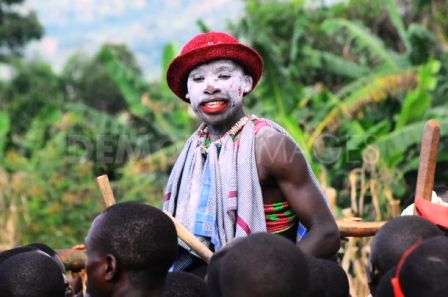 One of the unique social customs of the Bagisu is male circumcision
One of the unique social customs of the Bagisu is male circumcisionThe actual origin of this practice is mysterious even among the Bagisu themselves. One tradition states that it originated from the demand by the Banpa (Kalenjin) when Masaba, the Bagisu hero ancestor, wanted to marry a Kalenjin girl.
Another tradition claims that the first person to be circumcised had a complication with his sexual organ and that circumcision started as a surgical operation to save the man’s life.
There is yet another story that the first person to be circumcised had it done as a punishment for seducing other people’s wives.
Legend states that it was decided to partially castrate him by way of circumcision. When he recovered he resumed his former practices and rumour went around that he had become excellent at *. In order to compete favourably, other men decided to circumcise also.
The Bagisu are a highly superstitious people
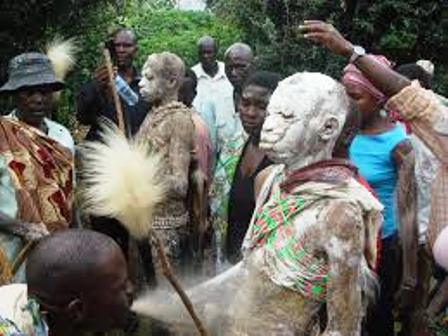 Circumcision among the Bagisu
Circumcision among the BagisuBefore circumcision, an initiate is administered with a certain herb called ityanyi. Its purpose is to arouse interest in circumcision within the candidate. Often the ityanyi is tied round the initiate’s big toe or it is put in such a place where he might jump over it unawares.
It is believed that if the candidate who has taken the ityanyi is delayed or hindered from being circumcised, he might end up circumcising himself as his mind is said to be so much stimulated towards circumcision that no other thing can distract him.
Circumcision among the Bagisu occurs biannually during leap years. Every male has to perform the ritual upon reaching puberty.
Those who abscond are hunted down and forcefully and scornfully circumcised. Before the day of circumcision, the initiates are tuned up by having them walk and dance around the villages for three days.
Their heads are sprinkled with cassava flour and painted with malwa-yeast paste. Their relatives dance with them and there is much drumming and singing.
Girls part
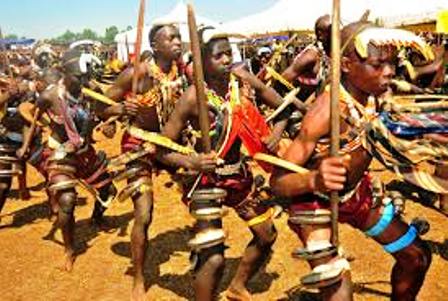
Girls, especially the sisters of the initiates, enthusiastically take part in the processions. It is believed that once a boy is circumcised he becomes a true Mugisu and a mature person.
An uncircumcised person is known as a musinde. The circumcision operation on each initiate is pretty fast.
The circumciser and his assistant move around performing the ritual as appropriate. The assistant circumciser pulls the foreskin of the penis and the circumciser cuts it off.
The circumciser goes further and cuts from the penis another layer which is believed to develop into another top cover for the penis if it is not removed.
The circumciser proceeds and cuts off a certain muscle on the lower part of the penis. These three cuttings end the circumcision ritual.
After circumcision
The initiate is made to sit down on a stool and he is then wrapped in a piece of cloth. After that he is taken to his father’s house and made to move around the house before entering it.
For three days, the initiate is not allowed to eat with his hands. He is fed. They say that it is because he is not yet fully initiated into manhood.
After three days, the circumciser is invited to perform the ritual of washing the initiate’s hands. It is after this ritual that the initiate can eat with his hands.
On the same day, the initiate is declared a man. It is then that custom allows him to marry. During the ceremony the initiate is instructed on the duties and demands of manhood.
He is informed in addition that agriculture is very important and advised to always behave like a man. It is believed that the healing of the cuts depends on how many goats have been slaughtered during the initiate’s circumcision.
After healing
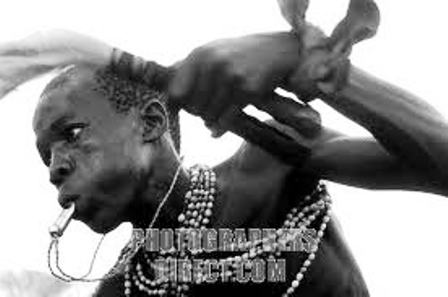
A ritual is performed. All the new initiates in the locality have to attend. This ritual is called Iremba. It is an important occasion which all the village people and, these days, even government officials attend.
During ritual proceedings, the initiate could pick any girl and have sexual intercourse with her. The girl was not supposed to refuse. It is believed that if she refused, she would never have children when she got married.
This poses problems of Christian females if they are chosen. Previously, circumcision was done in specific enclosures and only the initiates and the circumciser were allowed in.
The rest of the congregation would just wait and listen from outside the enclosure. Today, however, all people are allowed to watch the whole process. Firmness the and courageous endurance on the part of initiate is appreciated as a sign of bravery.
Kenya Cultural Origins | Kenya Student Rules | Kikuyu People | Luo in Kenya | Masai People | Samburu People | Student Class Rules | Turkana People in Kenya |Recent Articles
-
Garam Masala Appetizers ,How to Make Garam Masala,Kenya Cuisines
Sep 21, 14 03:38 PM
Garam Masala Appetizers are originally Indian food but of recent, many Kenyans use it. Therefore, on this site, we will guide you on how to make it easily. -
The Details of the Baruuli-Banyara People and their Culture in Uganda
Sep 03, 14 12:32 AM
The Baruuli-Banyala are a people of Central Uganda who generally live near the Nile River-Lake Kyoga basin. -
Guide to Nubi People and their Culture in Kenya and Uganda
Sep 03, 14 12:24 AM
The Nubians consist of seven non-Arab Muslim tribes which originated in the Nubia region, an area between Aswan in southern
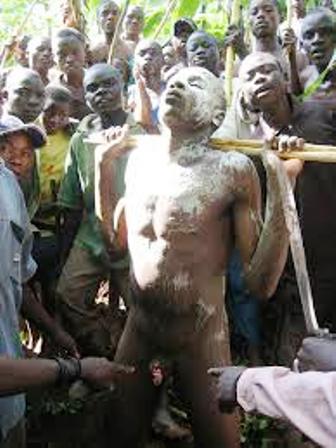
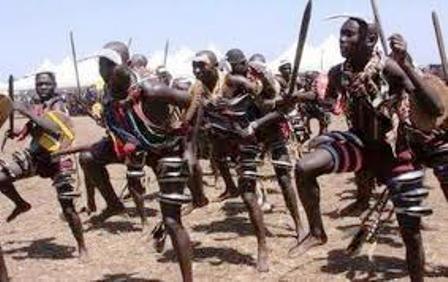
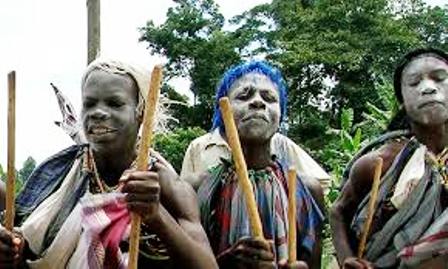







New! Comments
Have your say about what you just read! Leave me a comment in the box below.